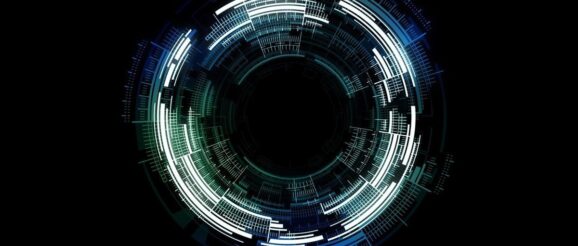How Counterintuitive Sensory Design Ideas Fuel Innovation | Maria Lorena Lehman | MLL Atelier

YOUR “TECHNOLOGY FOCUS” DESIGN PHASE
As an architect, it is important to be aware of the potential positive and negative effects of emerging technologies as these become ubiquitously embedded within environments. For this reason, the concept design stage of a project is an ideal phase within which to creatively and strategically harness the positive benefits such technologies bring. For example, have you dedicated time within your design process to innovate the place you are designing with a “technology focus” that creates new kinds of poetic experiences to uplift quality of life for your building occupants? Technology is an important factor to integrate properly within your design, particularly as you strive to also poetically harmonize nature with architecture to feed the human senses through design.
COUNTERINTUITIVE SENSORY MOMENTS
A unique way to think about the integration of emerging technology within architectural space is to consider how technology can create counterintuitive sensory moments. Just imagine how augmented reality will change the way people perceive and understand their own physical world around them. Suddenly, the laws of the physical world (like gravity, materiality, and/or data) will be sensed in entirely new ways – from new perspectives, and with deeper insight. For example, if wearing augmented reality glasses, a person may see more profoundly into an environment; thus, changing the way they cognitively process, emotionally feel, and behaviorally respond to that space. The virtual layers that fuse with the physical world create new kinds of experiences – even some counterintuitive sensory events that provide unique value for people.
The reason it is important for you as a designer to think about the counterintuitive effects of technology when fused with architectural spaces, is because this way of thinking can be leveraged to create new poetic innovations. As you design, strive to think beyond how technology “as-is” affects the physical world. To do this, design in a way that guides technology to help people sense the physical world in innovative ways that turn sensory contradiction into sensory convergence that expands what people can do with what they perceive.
EXPANDING WHAT THE PHYSICAL WORLD CAN DO
As new technologies continue to proliferate into the future, designers can guide the way they are developed, to optimize positive effects and minimize or eliminate negative effects. By pushing your creative design process to think counterintuitively (in a way that brings together seemingly disparate parts), you position yourself to discover greater design breakthroughs that innovate poetic architectural experience. And when this occurs, people benefit because technology is expanding upon what makes life great, instead of hindering or removing what contributes to a human life that thrives. I invite you to consider how you could use an emerging technology in a way that counterintuitively expands what the physical world can do to make life even better through design.
About the author
Maria Lorena Lehman
Maria Lorena Lehman is a visionary artist, designer, and author focusing on links between environmental design, science, emerging technologies, and human potential. Lehman is founder of MLL Atelier, an art-based architectural design research practice. Maria Lorena Lehman is author of the award-winning book entitled, Adaptive Sensory Environments. She is recipient of the Harvard University Digital Design Prize for the “most creative use of digital media in relation to the design professions”. Lehman also creates sculptures and paintings described as “visual poetry of motion that is a new inspiration” by Daniel Smith, the company that creates watercolors for artists worldwide. Maria Lorena Lehman holds the degrees of Master in Design with Distinction from the Harvard University Graduate School of Design, and a Bachelor of Architecture, Cum Laude, from Virginia Tech. She is internationally published and in numerous periodicals, including The Architect’s Journal, Esquisses Magazine, Architect Magazine and Forbes.
